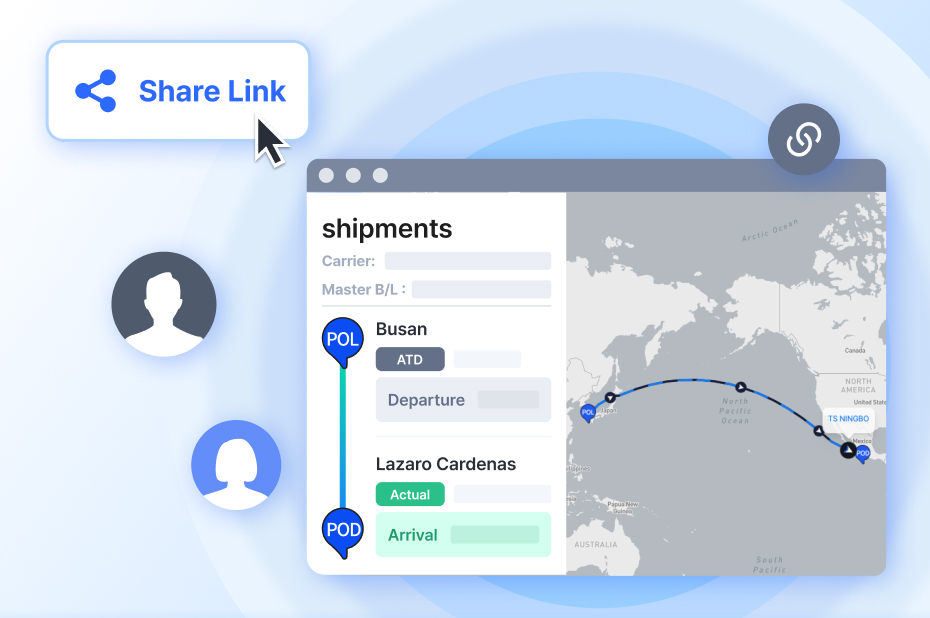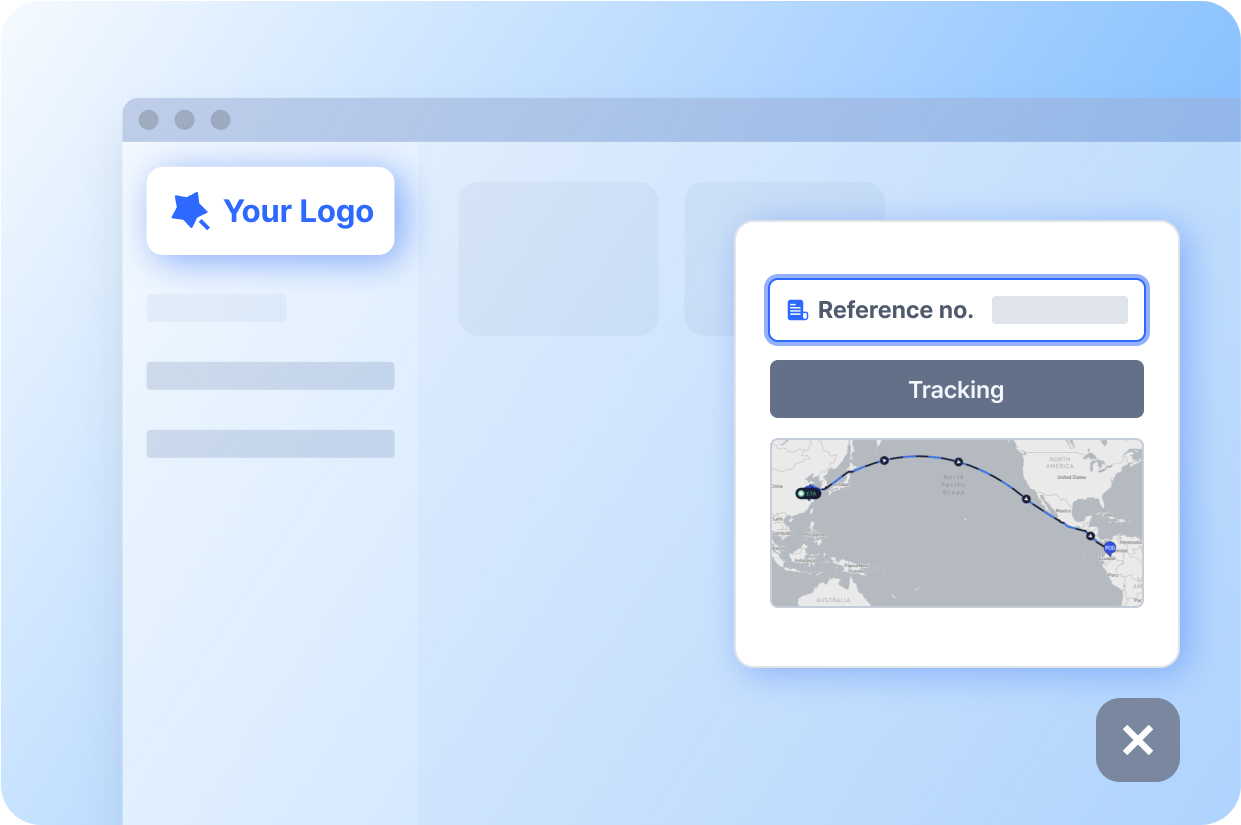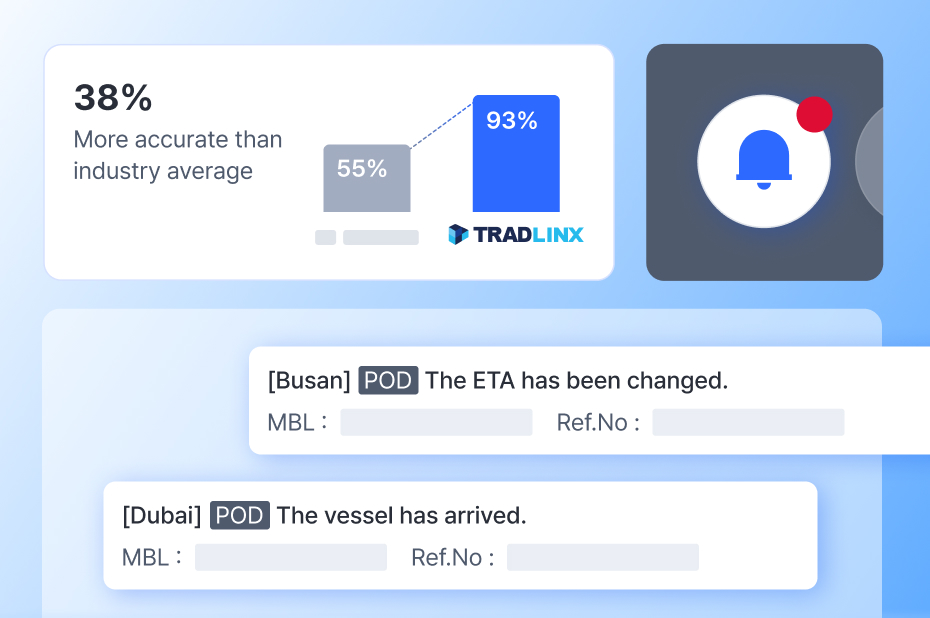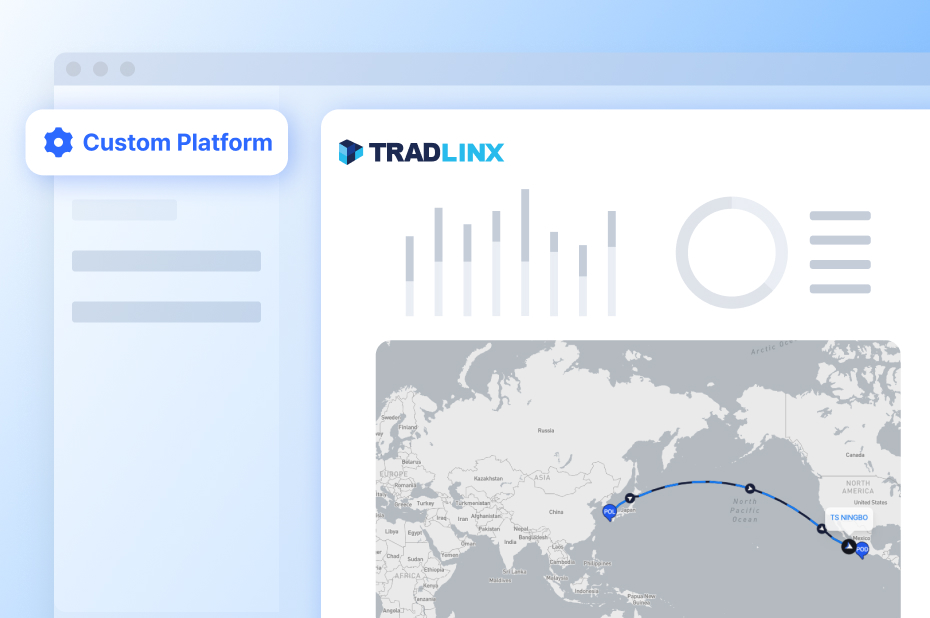Cut costs, maximize efficiency, seamlessly manage your supply chain with precision data.


“TRADLINX helped us reduce our shipment management time from hours to under a minute per B/L.
This real-time visibility has allowed us to respond faster to any changes,
improving our logistics efficiency and ensuring our customers receive timely updates.”


“For over 5 years, TRADLINX has supported us in delivering 99% data accuracy and hourly updates for Samsung’s Galaxy mobile device shipments. The branded portals and automated notifications have significantly reduced manual work, helping us ensure smooth global operations for Samsung.”


“Using TRADLINX’s real-time performance metrics and predictive timelines, we’ve improved our decision-making and efficiency. The data insights have allowed us to prevent delays and better manage carrier performance, ensuring smooth and cost-effective operations.”

From internal operations to customer experience, TRADLINX streamlines logistics across the board.
Cut manual processes by 50%, elevate partner collaboration, and deliver the real-time insights that keep your customers loyal.


Delays erode customer trust and directly impact your bottom line. With TRADLINX’s 24/7 tracking,
you eliminate uncertainty, keep operations on track, and retain loyal customers.

When a box stops at the terminal, guessing costs money. This guide shows how U.S. CBP customs holds actually work, which clock applies, and what to do in the first 72 hours. Use the steps to secure the earliest exam slot, keep a clean record, and cut avoidable D and D while you push for release.

Need to track your COSCO container in real time? Whether your goods are heading to Ningbo or crossing the Pacific, this 2025 guide explains how to track your shipment step-by-step using the TRADLINX platform. 1. What You Need to Track COSCO Containers Make sure you have one of the following tracking numbers before getting started: […]

In 2025, the average ERP deployment still takes 15 to 20 months—and that’s before ROI even begins. Meanwhile, procurement teams are under pressure to cut costs, gain visibility, and respond to freight volatility in real time. This gap between urgency and deployment is driving a major shift: from bloated ERP builds to fast, modular logistics SaaS.

SMBs are rapidly shifting from air to ocean freight in 2025, reshaping global shipping lanes.
With the end of the U.S. de minimis exemption, forwarders have a short window to capture this new SMB demand; but only if they offer visibility, compliance support, and bundled LCL solutions. Here’s how the logistics landscape is changing and how forwarders can stay ahead.